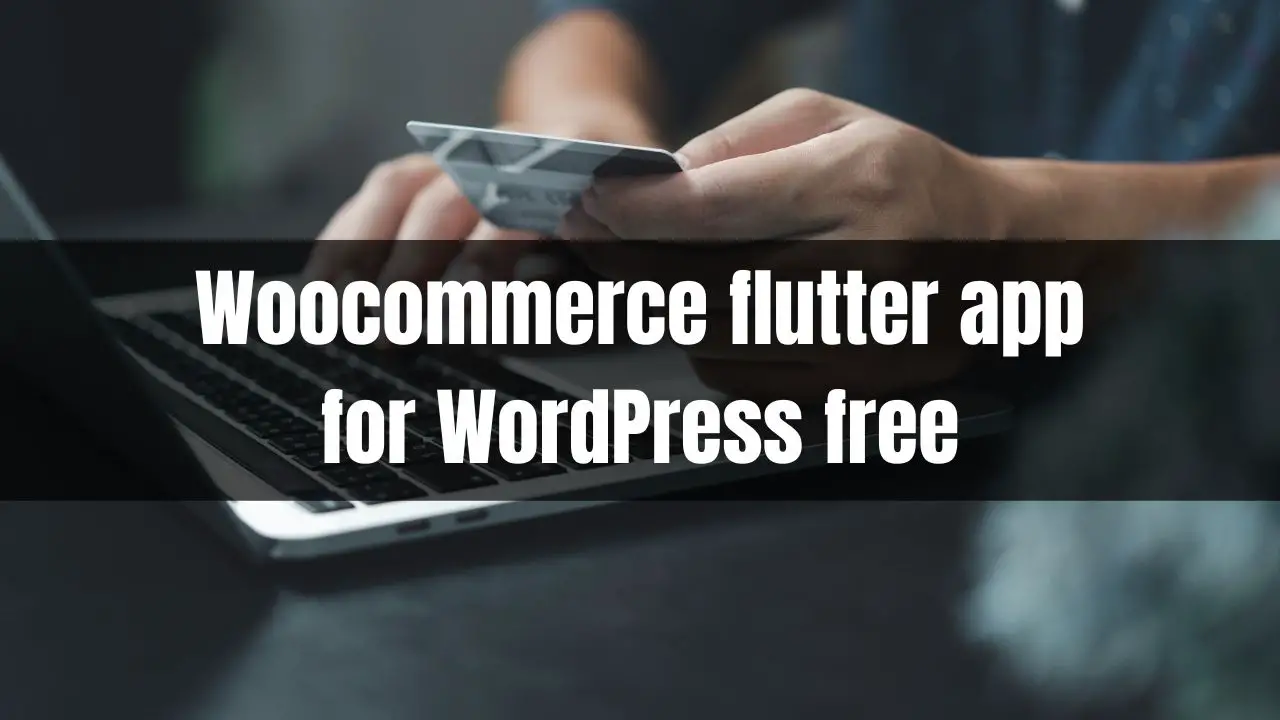Absolutely! Let’s break down how to create a WooCommerce Flutter app for your WordPress store. Here’s a comprehensive outline of the process and essential considerations:
1. Setup Your Development Environment
- Flutter:
- Install Flutter by following the official instructions (https://flutter.dev/docs/get-started/install).
- Set up your code editor (VS Code or Android Studio are great options with Flutter extensions).
- Install an emulator for Android or iOS (or connect physical devices for testing).
- WordPress:
- Ensure you have a running WordPress website with WooCommerce installed and activated.
- Enable the WooCommerce REST API:
- Go to WooCommerce > Settings > Advanced > REST API.
- Create a new key with Read/Write permissions. You’ll need the consumer key and consumer secret for your app.
2. Project Structure
- Start a new Flutter project:
flutter create woocommerce_app - Consider these recommended folders:
lib/models/(Store product, category, order data)screens/(Product listings, detail view, cart, checkout, etc.)services/(Handle API calls to WooCommerce)widgets/(Reusable UI components)main.dart(Your app’s entry point)
3. Dependencies
- flutter_wp_woocommerce: A powerful Flutter package to interact with the WooCommerce REST API. Add it to your
pubspec.yamlfile (https://pub.dev/packages/flutter_wp_woocommerce). - Other useful packages:
http: For general network requests.provideror other state management solutions.cached_network_image: For efficient image display.
4. Core Functionality
- Authentication (Optional): Implement a login/registration system if needed.
- Fetch Products:
- Use the
WooCommerceAPIclass fromflutter_wp_woocommerceto retrieve product lists and individual product details.
- Use the
- Display Products: Create beautiful listings and product detail views. Use
ListView,GridView,Imagewidgets, and consider image caching. - Shopping Cart:
- Store cart items locally (consider
shared_preferencesor a more robust local database). - Enable users to add/remove products, and modify quantities.
- Store cart items locally (consider
- Checkout:
- Collect shipping/billing information.
- Use
WooCommerceAPIto create orders. - Integrate a payment gateway (Research options suitable for your region).
5. User Interface (UI) and User Experience
- Design: Follow Material Design guidelines or create your custom theme.
- Navigation: Implement clear navigation using
BottomNavigationBar,Drawer, etc. - Search: Make it easy for customers to search for products.
- Progress Indicators: Provide loading indicators during product fetching.
6. Additional Features (Optional)
- Customer Reviews: Integrate product reviews.
- Order Tracking: Allow users to track their order status.
- Wishlists: Let customers save products for later.
- Push Notifications: Send updates and promotions.
Example Code Snippet (Fetching Products)
import 'package:flutter_wp_woocommerce/flutter_wp_woocommerce.dart';
class ProductService {
WooCommerceAPI wooCommerceAPI = WooCommerceAPI(
baseUrl: "https://your-store.com",
consumerKey: "your-consumer-key",
consumerSecret: "your-consumer-secret");
Future<List<Product>> fetchProducts() async {
try {
List products = await wooCommerceAPI.getProducts();
return products.cast<Product>();
} catch (e) {
// Handle errors here
rethrow;
}
}
}
Important Notes:
- Security: Handle authentication and API keys securely. Avoid storing them in plain text within your app code.
- Thorough Testing: Test on various devices and address different screen sizes.
- Code Refactoring: Modularize your code for maintainability and scalability.
Let me know if you want guidance on specific parts of the development process or need more code examples!

